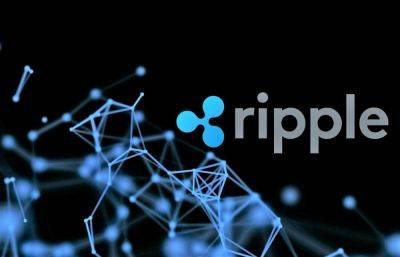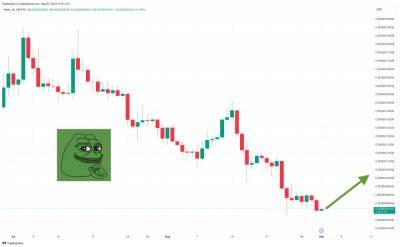Astar Network Publishes Tokenomics 2.0: A New Approach to Inflation, Fees, and dApp Staking
Astar Network has announced a comprehensive update to its tokenomics, referred to as Astar Tokenomics 2.0, aiming to drive sustainable growth and improve user engagement. The detailed explanation of the changes was posted on the Astar Network forum, and here's a summary of the key aspects:
Current Tokenomics Overview
The current tokenomics of Astar Network involves a fixed inflation rate of roughly 9.5% per year, with each block emitting 253.08 new ASTR tokens. The distribution of these tokens goes to various actors within the network, including the collator responsible for authoring the block and the on-chain treasury.
Problems Addressed
The new proposal aims to address several issues:
High & Fixed Inflation: The current fixed block reward doesn't adjust based on network utilization or the number of dApps.
Scalable & Inclusive dApp Staking: The existing dApp staking model needs to be more dynamic and scalable.
Native & Ethereum Fee Alignment: The fees between native Substrate and Ethereum are not aligned.
High Treasury & Collator Rewards: The current allocation to the treasury and collators is considered excessive.
Proposed Solution
The proposed changes are comprehensive and include the following key aspects:
Inflation: The new inflation rate will dynamically adjust every year based on the total supply, with an estimated yearly inflation of around 5.8% if the proposed model is deployed immediately.
Treasury: A fixed rate of 5% of the yearly inflation will be assigned to the treasury.
Collators: Collators will receive 3.2% of the yearly inflation, a reduction from the current rate.
dApp Staking: The new model introduces tiers and makes the system more inclusive for new dApps.
Transaction Fees: The
Read more on blockchain.news





















